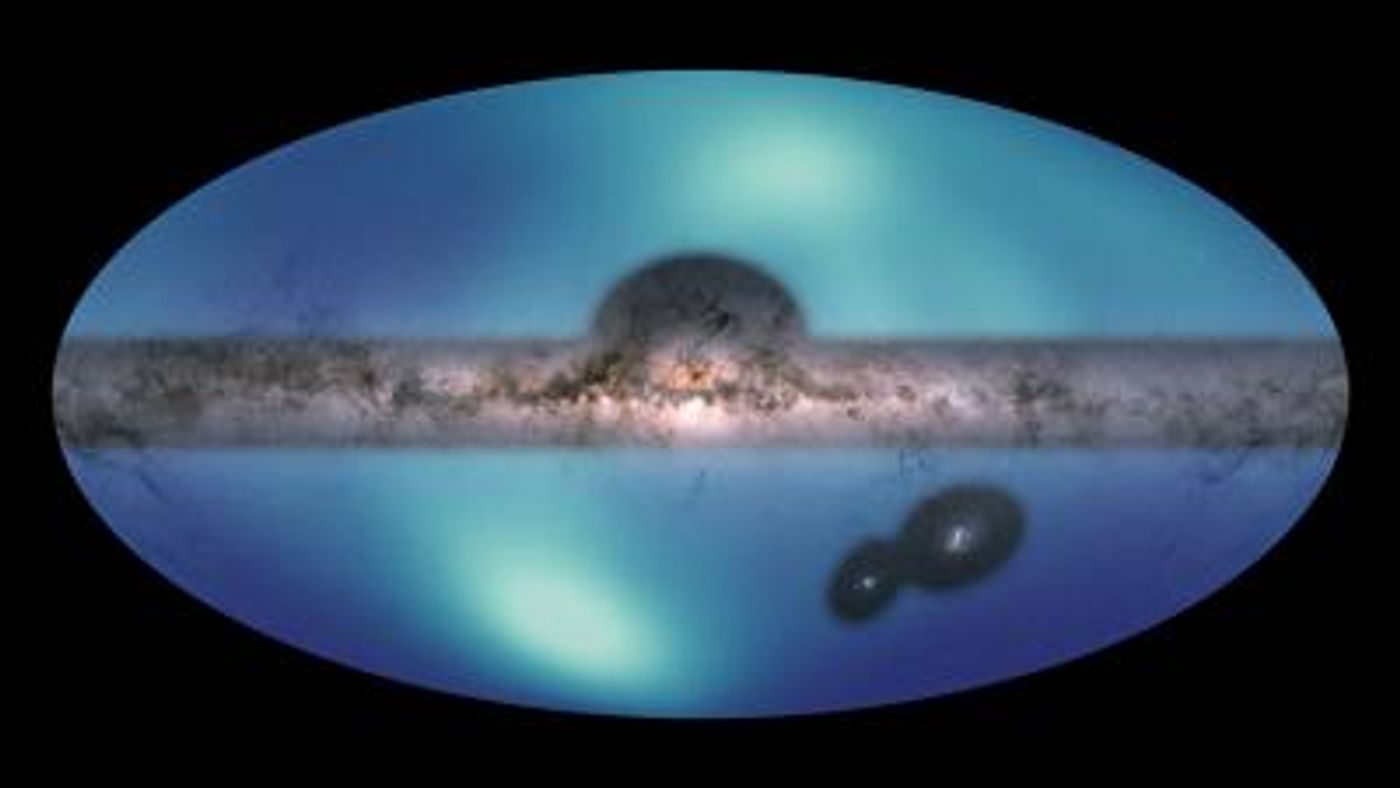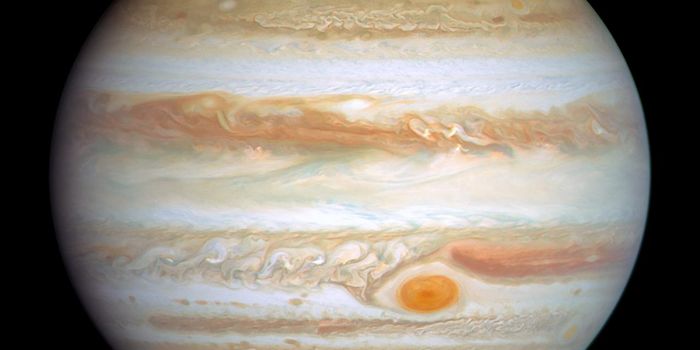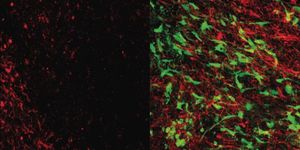All-Sky Map of the Milky Way May Tell Us More About Dark Matter
The Milky Way is typically pictured as a spiral disk, but parts of it lay outside of the arms that extend from the center. These parts, the so-called galactic halo, just don't have as many stars and they're not as bright. However, researchers have suggested that these areas contain dark matter, a substance that we're still unable to detect but is thought to contain most of the universe's mass. Now, scientists have mapped these outermost regions using telescope data from NASA's Near Earth Object Wide Field Infrared Survey Explorer, or NEOWISE mission and the European Space Agency's Gaia mission. The map has now been reported in Nature.
The map has revealed more about a small galaxy called the Large Magellanic Cloud (LMC), one of two dwarf galaxies that orbit the Milky Way. The LMC moved through the galactic halo of the Milky Way, making a wake as it moved through the stars. This research has not only confirmed the presence of the LMC, but it's also told us more about its location, size, and shape.
There are several theories about dark matter, but most suggest that it's present in the galactic halo of the Milky Way. When the LMC orbits the Milky Way, it may be slowed down by the drag of dark matter.
"You can imagine that the wake behind a boat will be different if the boat is sailing through water or through honey," said first study author Charlie Conroy, a professor at Harvard University and astronomer at the Center for Astrophysics. "In this case, the properties of the wake are determined by which dark matter theory we apply."
That pull of dark matter would theoretically cause the orbit of the LMC to constantly get smaller. Eventually, it would collide with the Milky Way, in about two billion years. Massive galaxies are thought to form from these kinds of merger events.
"This robbing of a smaller galaxy's energy is not only why the LMC is merging with the Milky Way but also why all galaxy mergers happen," said study co-author Rohan Naidu, a graduate student in astronomy at Harvard University. "The wake in our map is a really neat confirmation that our basic picture for how galaxies merge is on point!"
The study authors are hopeful that this new map will help researchers test dark matter theories, such as whether it consists of particles.
"Confirming our theoretical prediction with observational data tells us that our understanding of the interaction between these two galaxies, including the dark matter, is on the right track," said University of Arizona astronomy doctoral student and study co-author Nicolás Garavito-Camargo.
Sources: AAAS/Eurekalert! via Harvard-Smithsonian Center for Astrophysics, Nature









